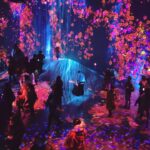1. From Concept to Curatorial Design: Refining the Immersive Film Experience
This week, I delved deeper into the curatorial concept of my Immersive Interactive Cinema Exhibition and further refined the spatial design, audience interaction methods, and technical support for the exhibition. Over the past few weeks, I have studied several related exhibition cases, including:
-
Netflix’s Black Mirror: Bandersnatch, which introduced an interactive film mechanism that inspired me to explore how audiences could make choices and influence the cinematic content within the exhibition.
Initially, I envisioned an interactive system where audiences would use simple touchscreens or gesture controls to select story branches, similar to Bandersnatch. However, after further research into interactive exhibition technologies and immersive film experiences, I realized that this method was too static and failed to fully integrate audiences into the exhibition. This led me to explore the potential of AI-driven real-time audience interaction, aiming to create a more fluid and nonlinear experience.
I also drew inspiration from:
-
TeamLab’s immersive projection exhibitions, which utilize 360° projections and interactive sensing technologies to shape the exhibition space.
-
Punchdrunk’s immersive theater, which allows audiences to freely explore the space, creating a nonlinear narrative experience.
Interactive engagement is not merely about giving audiences control—it is about creating a responsive space that adapts to the audience’s presence and movement. Audience actions are not limited to a binary choice of “A or B” but rather unconsciously shape the visual narrative. This concept was inspired by TeamLab’s Borderless exhibition, where projections shift in response to audience movement rather than requiring direct interaction through buttons or screens. This “invisible interaction” led me to rethink: True immersion is not about pressing buttons, but about becoming part of the cinematic environment.
To break away from the traditional passive film exhibition model, I designed an exhibition that includes:
✅ Projection Zone – A 360° immersive projection space where visuals change based on audience positioning and choices.
✅ Gesture-Controlled Interaction – Audiences can influence the storyline using gestures or touchscreen selections.
✅ Decision-Making Zone – A dedicated space where audiences make choices that impact the exhibition’s content.
✅ Feedback Wall – A space where audiences record their viewing experiences, generating real-time visual data feedback.
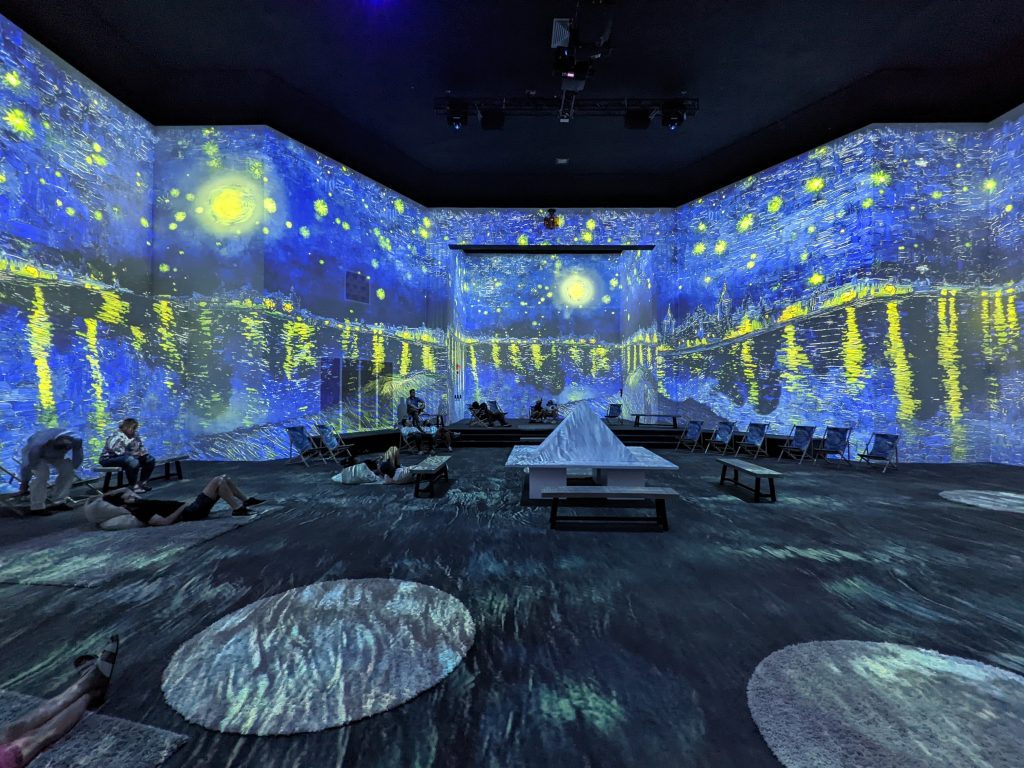
2. Learning from Artist-Led Curation: Key Takeaways from Adam Lewis-Jacobs’ Lecture
This week, we attended Adam Lewis-Jacobs’ lecture Underground Overground, Inside and Out: Exploring the Dynamics of Artist-Run Spaces, where he shared his experience curating and managing artist-led spaces like Transmission Gallery and Céline. The lecture explored the differences between artist-run initiatives and traditional institutional curation, and how independent, non-commercial spaces operate.
Key Reflections:
🔹 Artist-Run Spaces vs. Traditional Institutions
- Artist-run spaces emphasize experimentation, community engagement, and decentralized curation, often relying on grants, artist committees, and DIY strategies rather than commercial sales.
- Traditional galleries prioritize market value, art sales, and collector demands, limiting curatorial freedom.
- Museums and public institutions, despite offering academic support, are constrained by bureaucracy, funding, and institutional policies.
🔹 Nonlinear Exhibition Possibilities
Adam shared how Céline challenged traditional exhibition formats by experimenting with site-specific projects, improvisational performances, and interdisciplinary collaborations. This inspired me to consider:
Could my curatorial project extend into a virtual space through VR?
By incorporating immersive and interactive elements, I aim to create an exhibition that transcends physical space and allows international audiences to engage remotely.
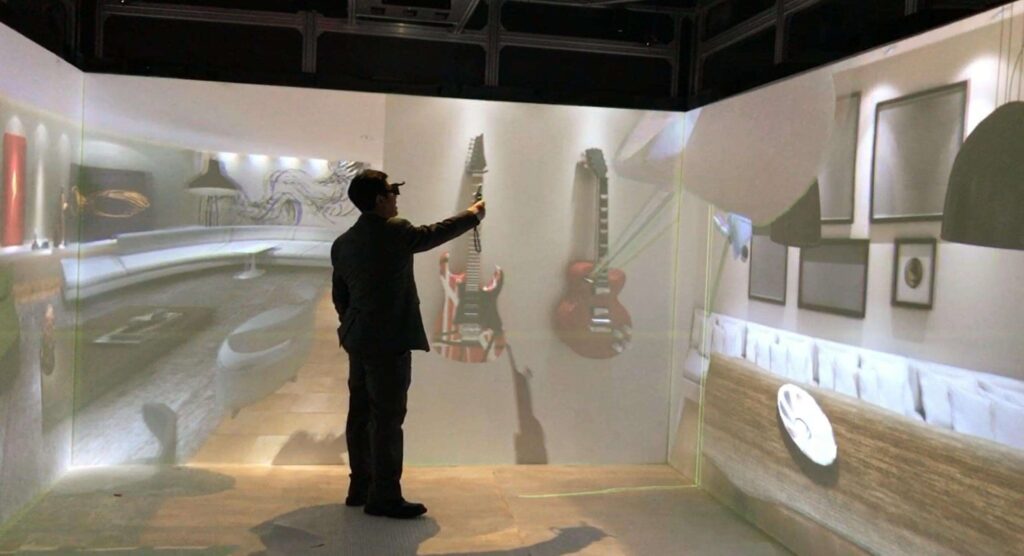
3. Ensuring Accessibility: Who Gets to Experience This?
While developing this exhibition, I started to reflect on how to ensure that the experience is genuinely accessible to a diverse audience, rather than catering solely to a specific artistic or technological demographic. Although AI-driven interactive film experiences offer exciting possibilities, they could unintentionally exclude certain groups, particularly individuals with disabilities.
The Core Question: How Can Interactive Devices Be More Accessible?
Traditional interactive film experiences often require physical gestures, touchscreen interactions, or visual recognition, which can be challenging for audiences with limited mobility or visual impairments. To make the exhibition more inclusive, I explored the following solutions:
✅ Multi-Sensory Interaction: In addition to visual engagement, I aim to incorporate audio feedback and vibration cues to enhance accessibility. For example, interactive film zones could include audio descriptions or spatial sound cues to guide visually impaired audiences rather than relying solely on visual indicators.
✅ Barrier-Free Interaction Design: Providing voice-controlled options as an alternative to gesture-based interaction, enabling users with mobility impairments to navigate the experience using voice commands. Inspired by the Guggenheim Museum’s accessibility strategies, I want to ensure that the exhibition is not limited to a single mode of engagement.
✅ Socially Interactive Elements: Rather than requiring individual engagement, the exhibition could include collaborative decision-making mechanisms, where audiences can work together to influence the film’s outcome. This not only enhances inclusivity but also fosters social interaction and discussion.
These adjustments go beyond meeting basic accessibility requirements; they aim to broaden the exhibition’s audience and encourage meaningful participation. I don’t want the exhibition to be exclusively for technology enthusiasts—it should offer diverse engagement opportunities for people from different backgrounds and abilities.Through this reflection, I realized that curation is not just about presenting art—it’s about constructing an interactive and inclusive space for dialogue and reflection. Moving forward, I will carefully consider how to further develop exhibition accessibility so that audiences with diverse needs can seamlessly enter this immersive world.
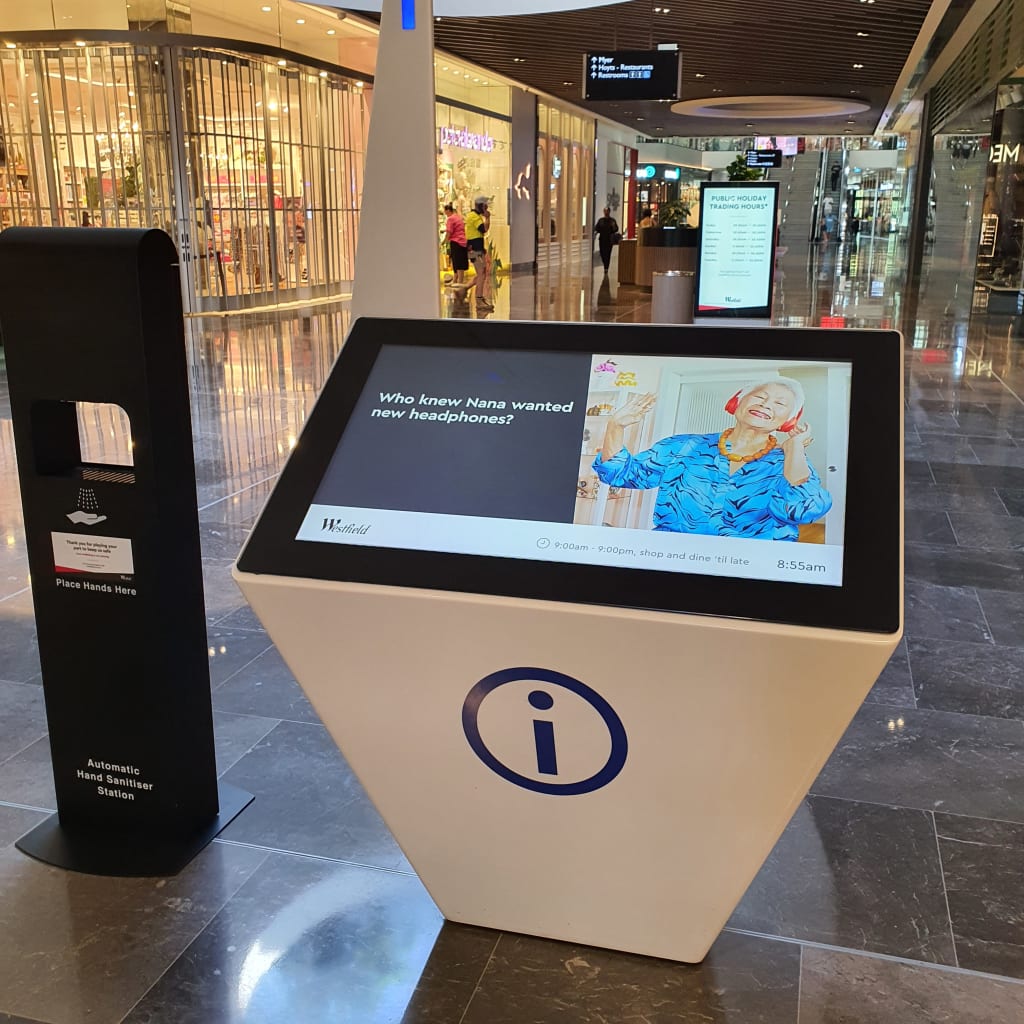
4. Balancing Control and Freedom: Who Shapes the Narrative?
During this week’s discussions, I received insightful feedback from my peers, particularly regarding the roles of the curator and the audience within the exhibition. Many were intrigued by the concept but raised critical questions:
🔹 Is the audience the ultimate decision-maker in this exhibition?
🔹 How does the curator maintain curatorial logic within an open-ended interactive exhibition?
🔹 How can we ensure that allowing audience freedom doesn’t compromise the overall narrative experience?
Documenta 14’s Decentralized Curation: This exhibition challenged traditional curation by allowing content to shift based on geography and audience engagement. This inspired me to ask: Could my exhibition function as a dynamic editing system rather than a fixed storyline?
Ultimately, I concluded that the curator is not completely relinquishing control but instead transforming into an “experience designer.”
This curatorial strategy aligns with Claire Bishop’s concept of “curating as collaboration” in Radical Museology. She argues that curation should be a multi-layered process of knowledge production rather than a one-way transmission of information. In this exhibition, the curator is not simply providing answers, but creating a space for the audience to explore and construct meaning.
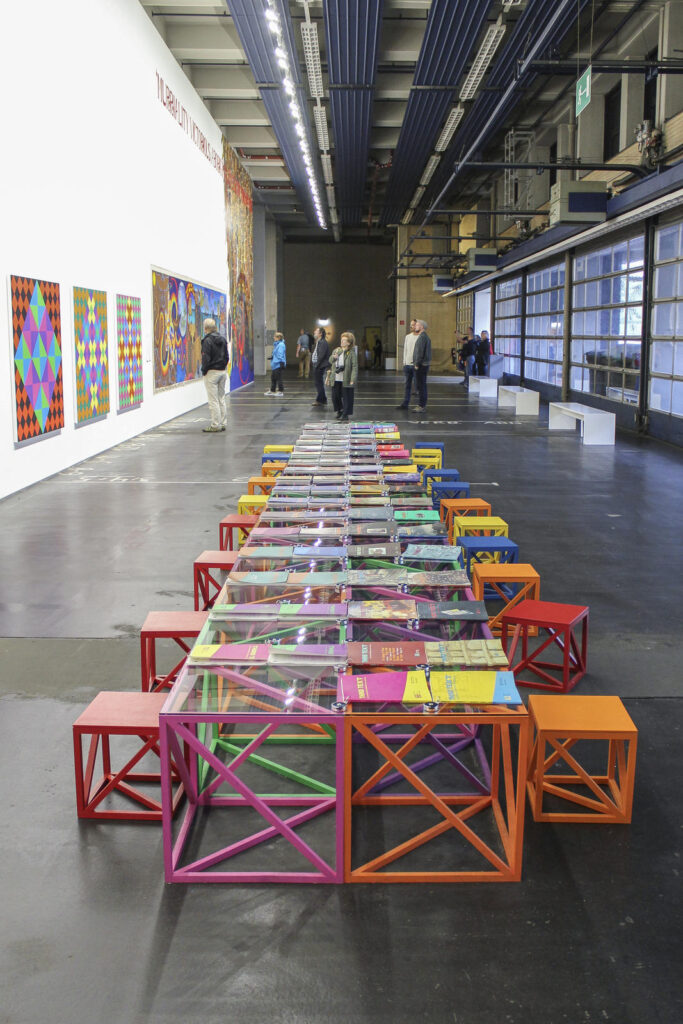
Case Study & References:
1. Bishop, C. (2012). Artificial Hells: Participatory Art and the Politics of Spectatorship. Verso.
Explores the concept of participatory art and audience agency, relevant to my exhibition’s interactive approach。
2. Frameless Exhibition London. (n.d.). Available at: https://frameless.com
A London-based immersive art exhibition using large-scale projections, influencing my Projection Zone design.
3. Netflix (2018). Black Mirror: Bandersnatch. Available at: https://www.netflix.com
A key example of nonlinear storytelling and interactive media, inspiring the Decision-Making Zone in my exhibition.
4. teamLab Borderless. (n.d.). Available at: https://www.teamlab.art
An immersive digital art space where visuals change in response to audience movement, influencing my AI-driven interaction model.
5. Punchdrunk. (n.d.). Immersive Theatre & Site-Specific Performances. Available at: https://www.punchdrunk.com
A leading immersive theater company known for audience-driven experiences, shaping my approach to nonlinear exhibition curation.
6. teamLab (2018). Universe of Water Particles on Au-delà des limites. Available at: https://www.sohu.com/a/247178891_721246
A digital waterfall artwork that responds to audience presence, inspiring my gesture-controlled interaction concepts.
By drawing from these case studies and references, my curatorial approach is being shaped by both immersive art and interactive storytelling, ensuring that the audience’s role as a co-creator remains at the heart of the exhibition.






